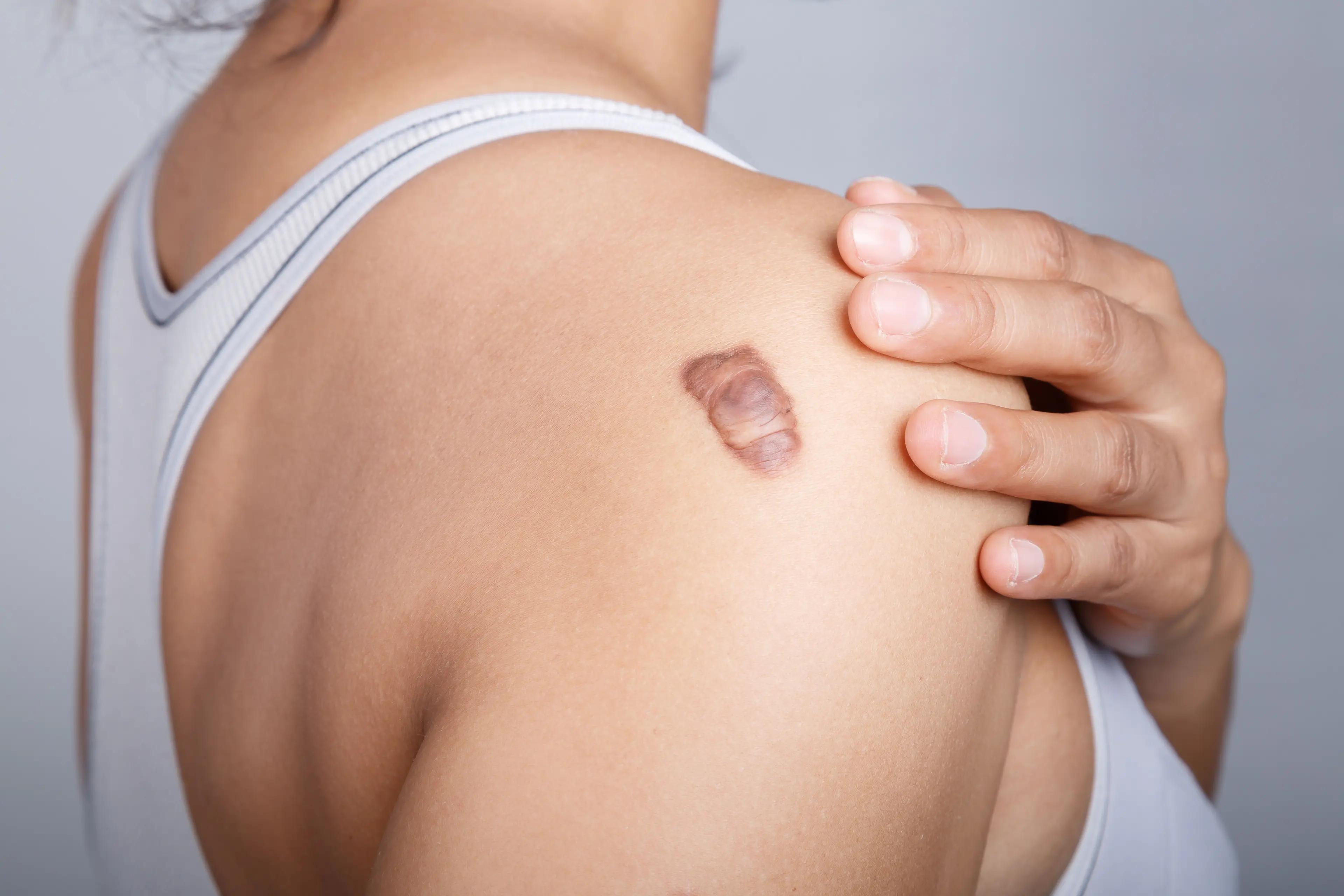- Case-Based Roundtable
- General Dermatology
- Eczema
- Chronic Hand Eczema
- Alopecia
- Aesthetics
- Vitiligo
- COVID-19
- Actinic Keratosis
- Precision Medicine and Biologics
- Rare Disease
- Wound Care
- Rosacea
- Psoriasis
- Psoriatic Arthritis
- Atopic Dermatitis
- Melasma
- NP and PA
- Skin Cancer
- Hidradenitis Suppurativa
- Drug Watch
- Pigmentary Disorders
- Acne
- Pediatric Dermatology
- Practice Management
- Prurigo Nodularis
- Buy-and-Bill
News
Article
Soligenix Announces Publication of Promising Comparative Data for HyBryte Synthetic Hypericin for CTCL
Author(s):
The results are both confirmatory and extend the response results from a prior phase 3 trial known as FLASH.
Soligenix, Inc. announced today that promising results from its compatibility study evaluating HyBryte (synthetic hypericin) for treating cutaneous T-cell lymphoma (CTCL) have been published in the Journal of the European Academy of Dermatology & Venereology Clinical Practice.1
HyBryte, also known as SGX301, is a photodynamic therapy employing visible light for activation. Synthetic hypericin, its active ingredient, is topically applied to skin lesions, absorbed by malignant T-cells, and activated by safe, visible light approximately 24 hours later.
The FDA previously awarded an Orphan Products Development grant to evaluate HyBryte for expanded treatment in early-stage CTCL patients, including home use settings.
The open-label study, known as HPN-CTCL-02,2 involved 9 patients undergoing 8 weeks of treatment with HyBryte for their cancerous lesions. The response assessment at week 10, utilizing the modified Composite Assessment of Index Lesion Severity (mCAILS) score, revealed a treatment response rate of 22%.
This outcome supports and expands upon the results of the phase 3 FLASH trial, previously published in the Journal of the American Medical Association Dermatology.3 Patients in the HPN-CTCL-02 study were deliberately selected to have more extensive disease, mirroring real-world scenarios.
The phase 3 FLASH trial, which included 169 patients with stage IA, IB, or IIA CTCL, demonstrated HyBryte's efficacy and safety across 3 treatment cycles.
In cycle 1, patients treated with HyBryte exhibited a significant reduction in lesions compared to the placebo group. Subsequent cycles further confirmed the therapy's effectiveness, with continued treatment resulting in improved outcomes. Furthermore, HyBryte proved equally effective in treating both plaque and patch lesions.
Brian Poligone, MD, PhD, director of the Rochester Skin Lymphoma Medical Group and principal investigator for the compatibility study, expressed enthusiasm about the clinical significance of HyBryte.
"Being able to share the important results of this clinical trial with the world through publication in JEADV is a privilege and highlights the clinical significance of our work with HyBryte," Poligone said. "I have seen firsthand the promise this therapy can offer patients and was happy to build upon our knowledge working with HyBryte in a clinical setting reflective of real-world use. The ease at which photodynamic therapy with HyBryte is conducted and the outstanding safety profile we continue to see as demonstrated by the systemic exposure and cardiac results reviewed in this paper makes me very excited for its potential future clinical use. I look forward to participating in the confirmatory Phase 3 FLASH2 study later this year."
The upcoming phase 3 FLASH2 study, set to commence before the end of 2024, aims to replicate and extend the successful design of the initial FLASH trial. With FDA and EMA support, the study will assess HyBryte's efficacy over an extended 18-week period.
References
- Positive clinical results from HyBryte compatibility study in the treatment of cutaneous T-cell lymphoma published in JEADV Clinical Practice. News release. PR Newswire. May 16, 2024. Accessed May 16, 2024. https://www.prnewswire.com/news-releases/positive-clinical-results-from-hybryte-compatibility-study-in-the-treatment-of-cutaneous-t-cell-lymphoma-published-in-jeadv-clinical-practice-302146956.html#:~:text=A%20total%20of%2016%25%20of,treatment%20cycle%20(primary%20endpoint)
- Alexander-Savino CV, Rumage A, Pullion C, et al. Compatibility study of topical 0.25% hypericin (HyBryte) application in subjects with mycosis fungoides: Results of the HPN-CTCL-02 study. J Eur Acad Dermatol Venereol Clin Prac. May 15, 2024. https://doi.org/10.1002/jvc2.442
- Kim EJ, Mangold AR, DeSimone JA, et al. Efficacy and safety of topical hypericin photodynamic therapy for early-stage cutaneous T-cell lymphoma (mycosis fungoides). JAMA Dermatol. July 20, 2022. doi:10.1001/jamadermatol.2022.2749
Newsletter
Like what you’re reading? Subscribe to Dermatology Times for weekly updates on therapies, innovations, and real-world practice tips.







